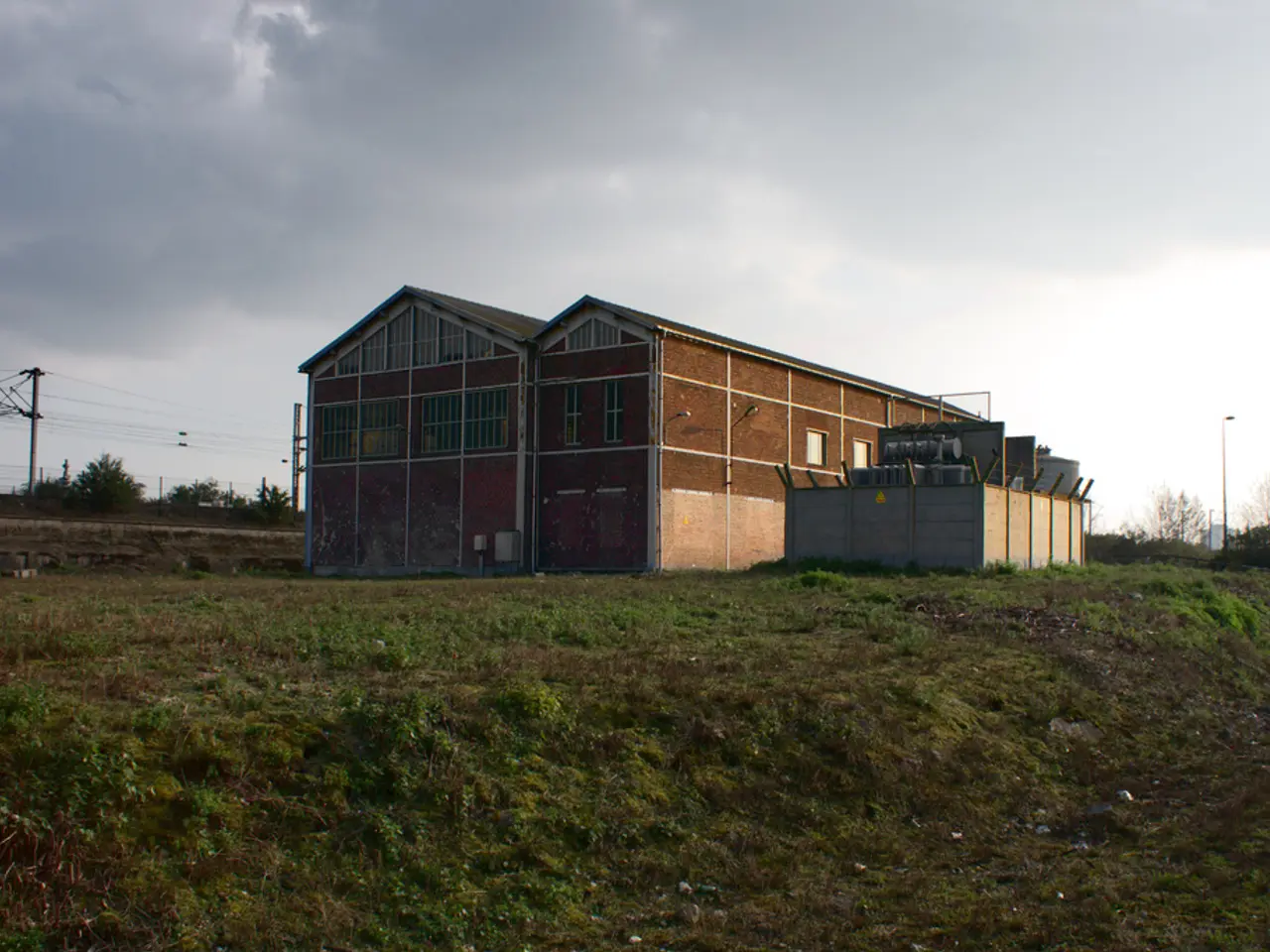Challenging Journey Ahead for BASF and Lanxess
The German economy is anticipated to experience stagnation in 2025, as outlined in the latest forecast by the Bundesbank. This stagnation is primarily due to considerable external uncertainties, particularly the trade conflict with the USA, geopolitical tensions in the Middle East, and tightened export controls on rare earths from China.
According to the Federation of German Industries (BDI), the trade conflict with the USA is a significant cause for concern. The BDI President, Peter Leibinger, expects a longer and more difficult path out of the recession, citing the trade conflict, the escalation in the Middle East, a potential blockage of the Strait of Hormuz, and tightened export controls for rare earths from China as key concerns.
The US tariffs and the uncertainty surrounding future US trade policy are weighing heavily on Germany’s industrial sector and exports. These trade frictions are dampening industrial production, slowing the labor market, and restraining wage growth. As a result, exports are expected to decline significantly in 2025 and recover only slightly in 2026.
However, a glimmer of hope comes in the form of increased government spending on defense and infrastructure from 2026 onwards. This fiscal stimulus is anticipated to boost domestic demand and GDP growth, counterbalancing some of the external shocks in the medium term.
While not highlighted extensively in the forecasts, the escalation in the Middle East adds geopolitical risk, increasing uncertainty for global trade and energy markets. Tightened export controls by China on rare earths—critical for high-tech industries—pose additional risks to Germany’s industrial supply chains, possibly adding to production costs and slowing technology sector growth.
Inflationary pressures in Germany are easing, which is positive for consumers and economic stability. However, the labor market is expected to experience a slowdown with slight increases in unemployment, reflecting weaker industrial activity.
The ifo Institute, while slightly more optimistic, projects a modest GDP growth of 0.3% in 2025 and 1.5% in 2026. The ifo Institute also highlights persistent economic policy uncertainty as a key risk.
In the midst of these challenges, the shares of world market leaders BASF and Lanxess have seen a decrease this week. Investors are advised to consider these stocks with a cautious approach, with stop-loss levels set at 31.00 euros for BASF and 19.50 euros for Lanxess.
In conclusion, the German economy is currently in a holding pattern, primarily due to US trade tariffs and policy uncertainty, with additional headwinds from geopolitical conflicts and supply constraints related to rare earths from China. Stronger growth is expected to resume only after 2025, driven by increased government spending and a reduction in external policy shocks. However, risks remain elevated, making the near-term outlook cautious and dependent on developments in international trade relations and geopolitical stability.
- The escalation in the Middle East, in addition to tightened export controls on rare earths from China, poses further risks to the German industry, particularly the high-tech sector, as these elements can potentially add to production costs and slow growth.
- With the US tariffs and the uncertainty surrounding future US trade policy, there is concern within the finance and business sectors about the dampening effect on industrial production, labor market, and wage growth, which may result in significant declines in exports in 2025 and only moderate recovery in 2026.
- Politics and general news, including the US trade conflict, geopolitical tensions in the Middle East, and potential blockages of the Strait of Hormuz, are some of the key external uncertainties that have contributed to the anticipated stagnation of the German economy in 2025.






